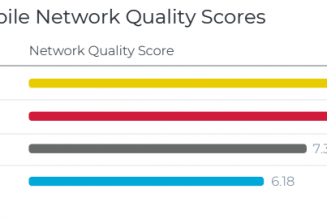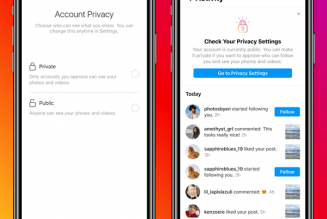On May 12, 2017, the largest ransomware epidemic in history, WannaCry, reached its peak. Three years later, this and other ransomware threats are still affecting people and companies.
Recent Kaspersky research has revealed that in 2019, WannaCry kept its position at the top of the most prevalent ransomware families, while almost a third (30%) of those targeted by ransomware were corporate users.
On 12 May 2020, Kaspersky and INTERPOL continue to urge organisations to think about backing up their data and adopting relevant protection so that they could avoid any potential ransomware siege and a catastrophe similar to WannaCry doesn’t happen again.
Ransomware has become a big challenge for many organisations. Even though this is not the most advanced threat from a technical point of view, it allows criminal actors to block business operations and extort money. As a result of a ransomware incident, organisations lost on average $1.46 million in 2019, which included costs for downtime, fines and reputational damage.
The WannaCry attack became the most noticeable of its kind, spreading with the help of an advanced cyber-weapon, EternalBlue, which is a complex and effective exploit used to target the unpatched vulnerability in Windows.
According to Kaspersky’s research, a total of 767,907 users were attacked by encryptors in 2019 – with almost a third of them (30%) being in businesses. Of all the encryption families, WannaCry still was the most common – in 2019, it attacked 164,433 users and accounted for 21% of all detected attacks.
With a significant margin, it was followed by other families such as GandCrab (11%) and Stop (4%). The first one is a well-known ransomware-as-a-service, developed by a team of criminals and rented to the broader community and has been distributed for years. The Stop ransomware campaign is also a well-known threat spread through compromised software and websites, as well as adware.
“The WannaCry epidemic, which saw companies lose millions because of downtime or costs related to reputational damage, demonstrated what can happen if ransomware happens on such a large scale. The threat remains relevant today, as there will be users out there who still may not know much about it and can become a victim. The good news is that the right security approach and relevant measures can make ransomware yet another non-critical threat. And we would like Anti-Ransomware Day on May 12 to become the day when businesses and users globally no longer face challenges with ransomware,” comments Sergey Martsynkyan, Head of B2B Product Marketing at Kaspersky.
However, there is little reason to give up, as protection from ransomware is possible through feasible security measures. Today, on 12 May, Kaspersky, together with INTERPOL, encourages organisations to follow these security practices and make sure they have reliable protection against ransomware, especially since recent statistics confirm that the threat is still relevant.
- Explain to employees how following simple rules can help a company avoid ransomware incidents.
- Always have fresh back-up copies of your files so you can replace them in case they are lost (e.g. due to malware or a broken device) and store them not only on the physical object but also in cloud storage for greater reliability. Make sure you can quickly access them in an emergency when needed.
- It is essential to install all security updates as soon as they become available. Always update your operating system and software to eliminate recent vulnerabilities.
- If a corporate device is encrypted, remember that ransomware is a criminal offence. You shouldn’t pay the ransom the attacks demand. If you become a victim, report it to your local law enforcement agency. Try to find a decryptor on the Internet first – some of them are available for free here.
Follow Luis Monzon on Twitter
Follow IT News Africa on Twitter







